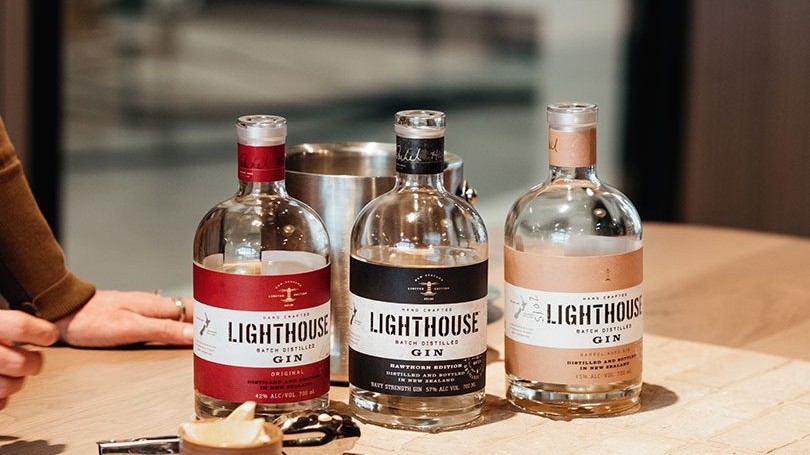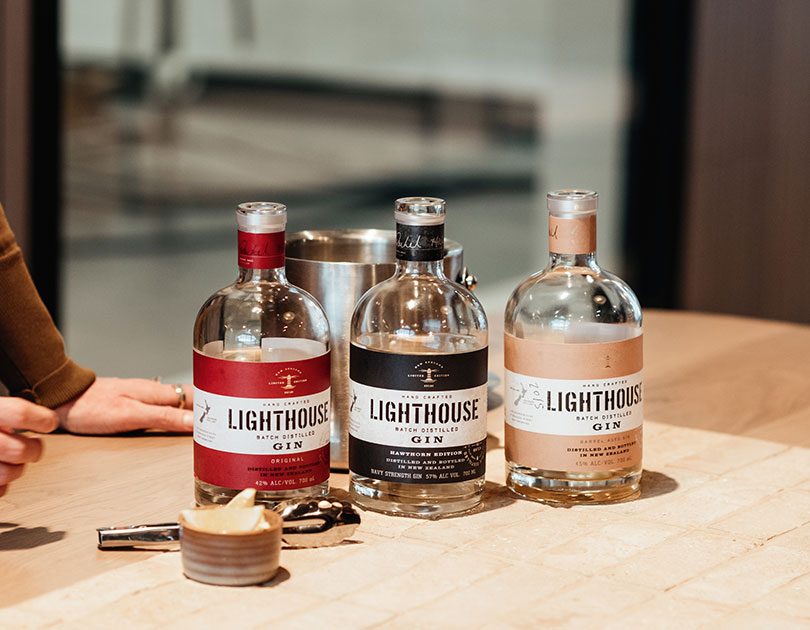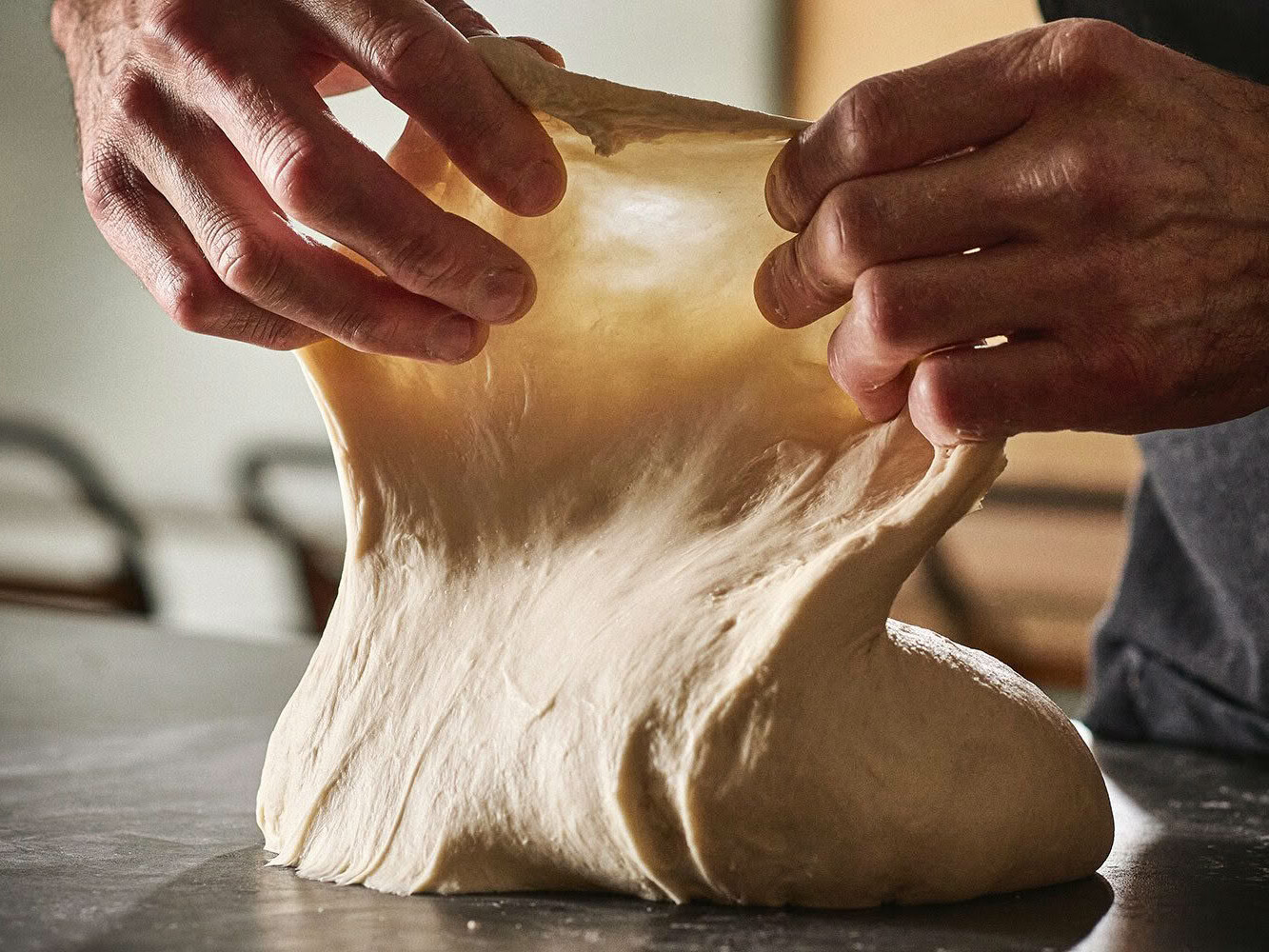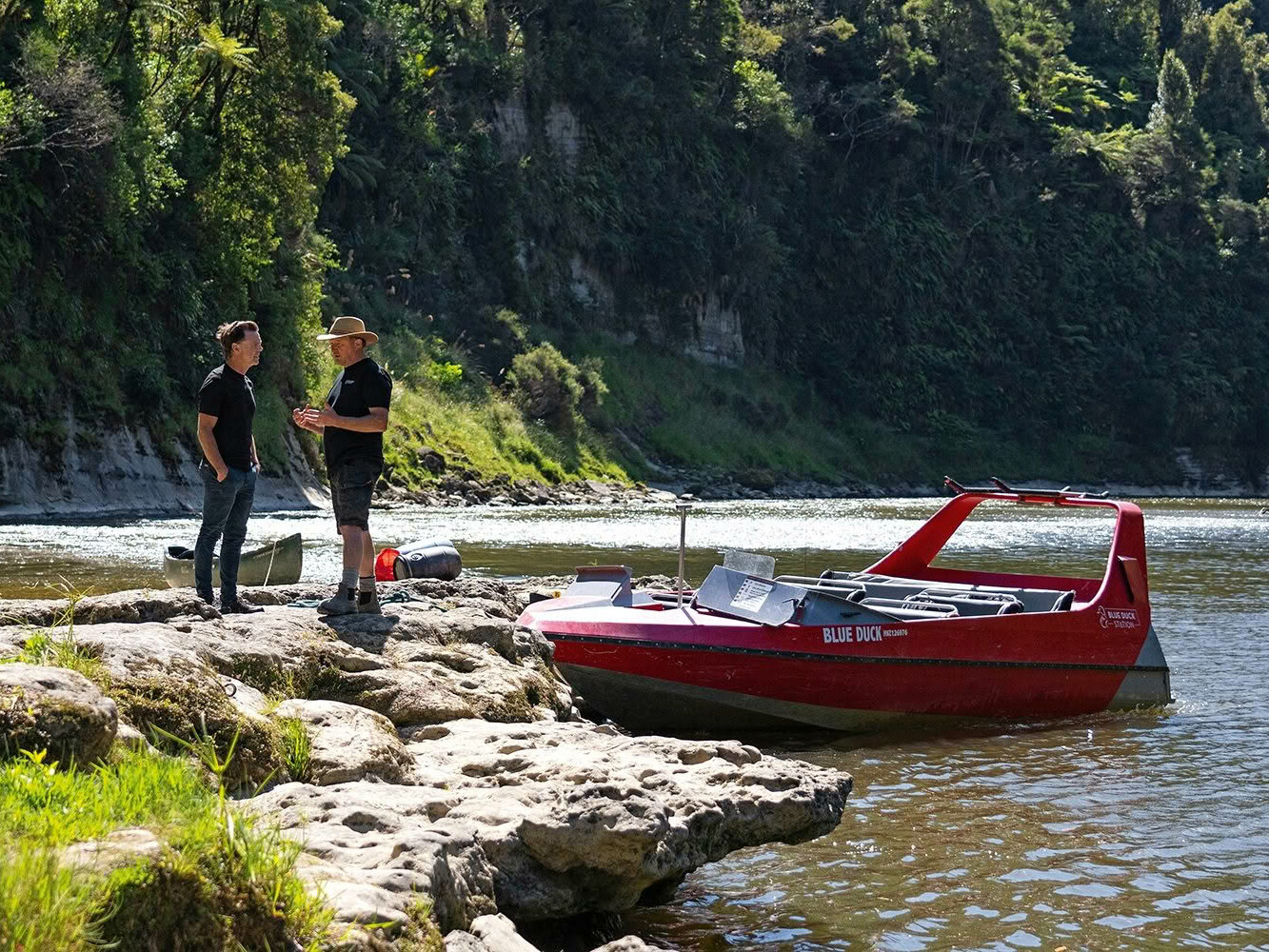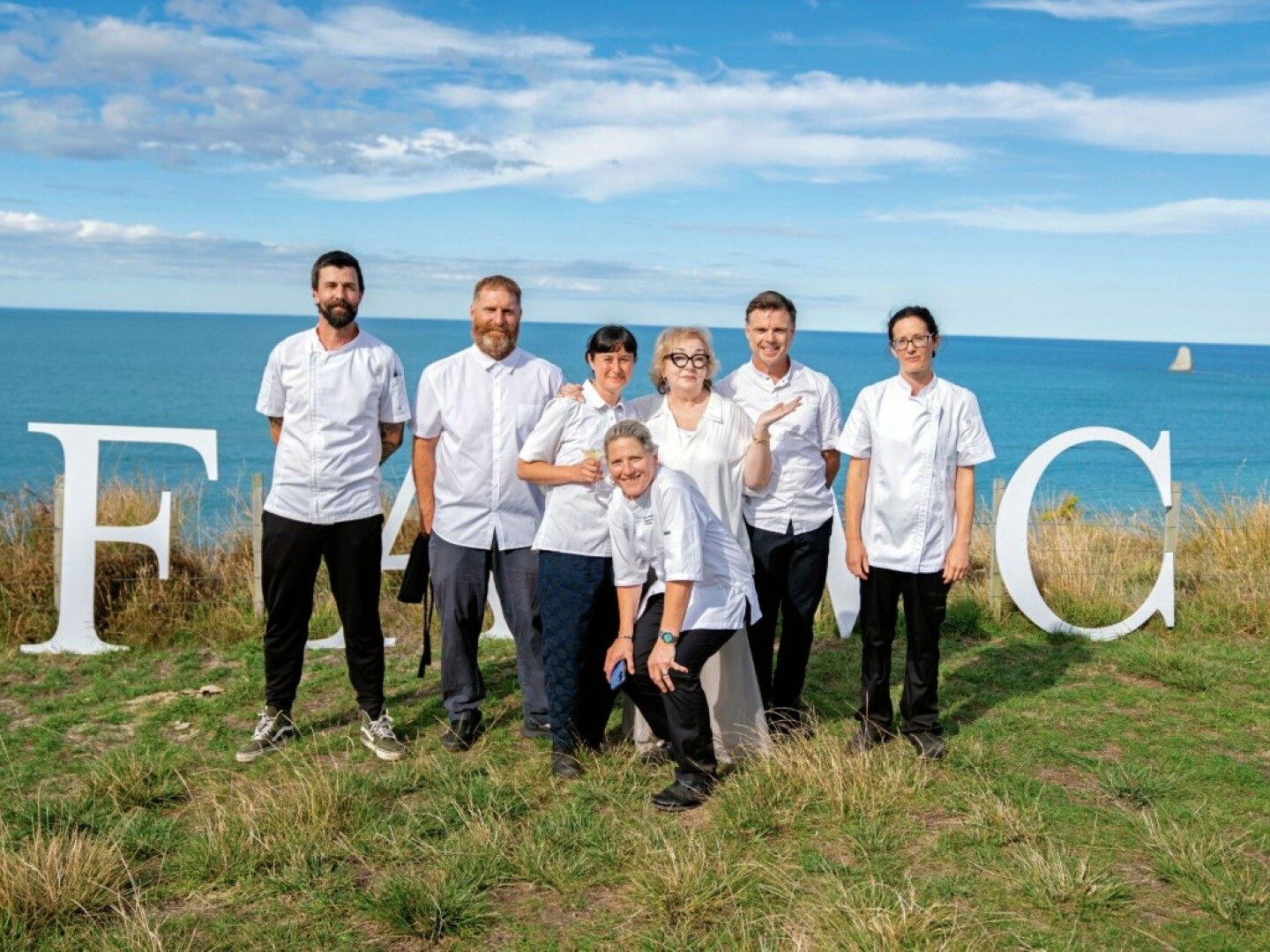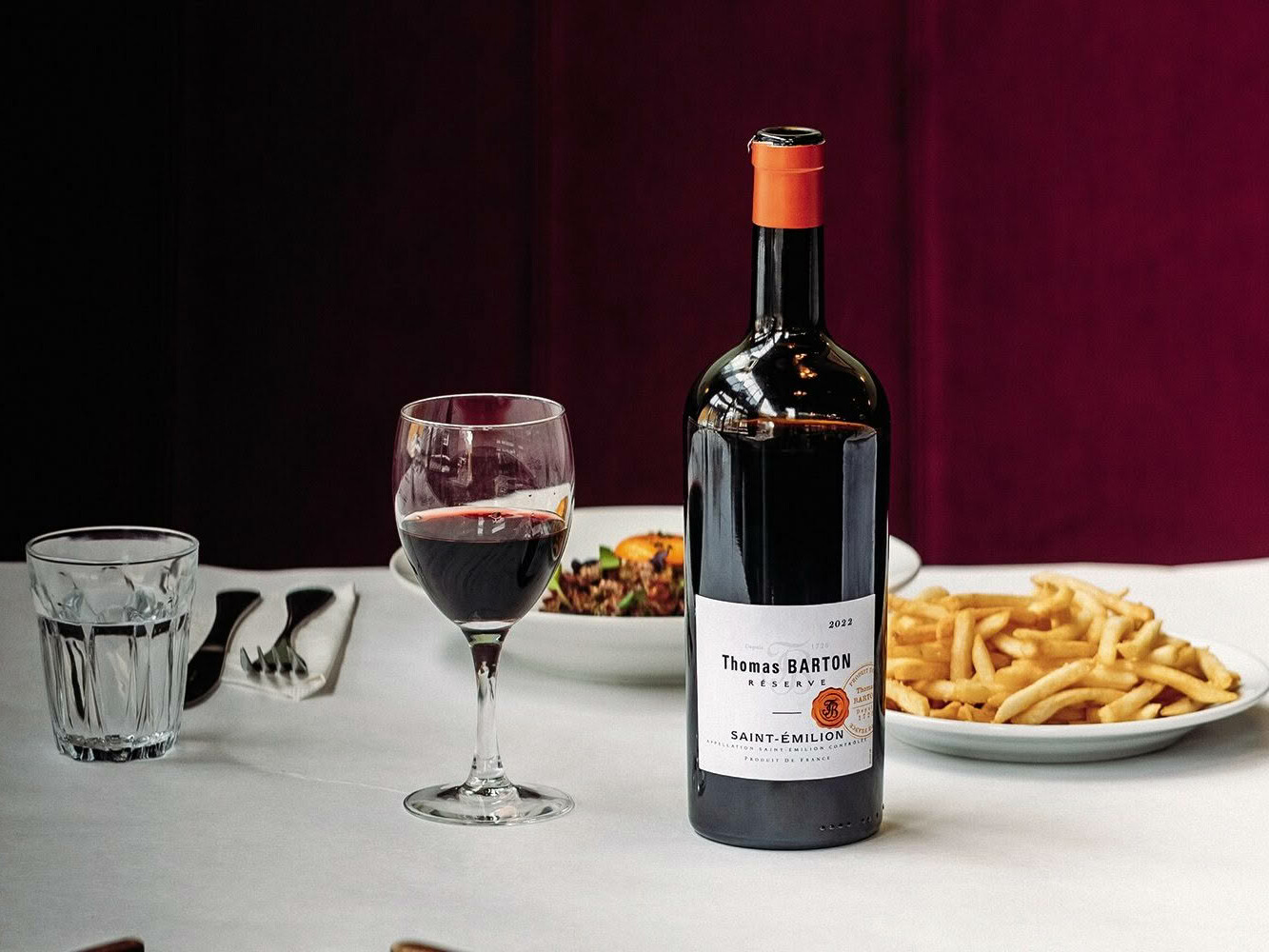When Rachel Hall left school and started work in a sewing factory she learned a valuable skill for her future distilling career. Not that you’ll find sewing listed as a must-have skill for a distiller, but then at Lighthouse Gin as well as being head distiller, Rachel drives the forklift, zests the citrus by hand, fills, labels and packs the bottles and sews the bags that hold the botanicals in the still. And tastes, tastes, tastes.
When Rachel took over as head distiller of the country’s oldest craft gin distillery in 2014, she became not only New Zealand’s first female head distiller, but one of very few women in the industry, a reflection of how few distilleries there were then. It’s a vastly changed landscape today with more than 150 local gin distilleries credited with making gin cool again, and at many of these you’ll find resourceful, innovative women pouring their ideas, business savvy and soul into crafting top-class – and in many cases world-class – gin. “Women have better, more refined taste receptors and a better palate,” says Rachel. “That means in gin they can taste the botanicals better.”
Though she grew up in a pub, Rachel’s is not a story of being a natural-born distiller. In fact it was juice that led her to gin. Taking a part-time sales job at an apple juice company she was intrigued to find Neil Catherall, the founder and original distiller of Lighthouse Gin, working a custom-made copper pot still in the back of the old apple packing shed. “I started off at Lighthouse Gin in 2010, helping out with sales, then offered to give them a hand with other things – bottling, going to shows, doing the accounts, everything in fact but distilling. I asked lots and lots of questions and over time I left juice for gin.” It was a huge testament to Rachel’s commitment and taste that, on Neil’s retirement, she was asked to take over as head distiller.
Neil had spent five years researching, experimenting and honing the formula to craft a double-distilled London Dry-style gin with a very fine, soft tone and a botanical profile of finely balanced citrus and juniper to give a fresh, clean start with deeper spices adding length and complexity to the mid palate. Today, Rachel ensures that Lighthouse Original keeps close to Neil’s recipe (though the base spirit switched from sugar-cane spirit to a grain-based spirit due to Covid-related supply issues) continuing the tradition of collecting pure water filtered down through the New Zealand Remutaka Ranges. “The water gives the gin its soul,” says Rachel. “It’s beautiful, soft and fresh.”
Rachel worked with Neil on the Hawthorn Edition navy-strength gin, but the latest addition to the Lighthouse range, a barrel-aged gin is “100% me”.
“It’s something I had been interested in since coming to the [Te Kairanga] winery. The barrel hall is right next to the distillery and I thought, ‘This should be easy enough.’ I started with a chardonnay barrel and just plonked the gin in. After a month it tasted like wine, so I put the bung back in and left it. After three months it was tasting better, you could start to taste the barrel coming through and it was getting richer – it was a lovely spirit but it wasn’t gin. So, I decided to try a pinot noir barrel and to have a really good crack at it I added more citrus, upped the juniper and made it a bit stronger. Then I left it, and it was, ‘Oh my God, I’ve bloody cracked it!’.
Martinborough wine barrels give a brighter, more citrussy flavour, while the spirit rested in barrels from Mt Difficulty in Central Otago has hints of wild thyme, warming tones and a more rugged and moody profile.
Neil’s original pot still – known as The Old Girl – is getting a break as Rachel oversees the move to new digs at The Runholder, where she is excited to take charge of a new 700-litre custom-made copper column still from CARL in Germany. The new tasting room will offer gin to an even wider audience, continuing its escalation as the epitome of chic.
“People have started to open up to the idea that New Zealanders make bloody good gin,” says Rachel. “Just try it and you’ll find that actually it is quite lovely.” Tracy Whitmey
SEE MORE FROM CUISINE
Flight of The Blue Duck
Dreams and determination have created a unique dining experience on a…
A magnificient table & A story of place
The world's newest Great Wine Capital takes the long-table lunch to…

